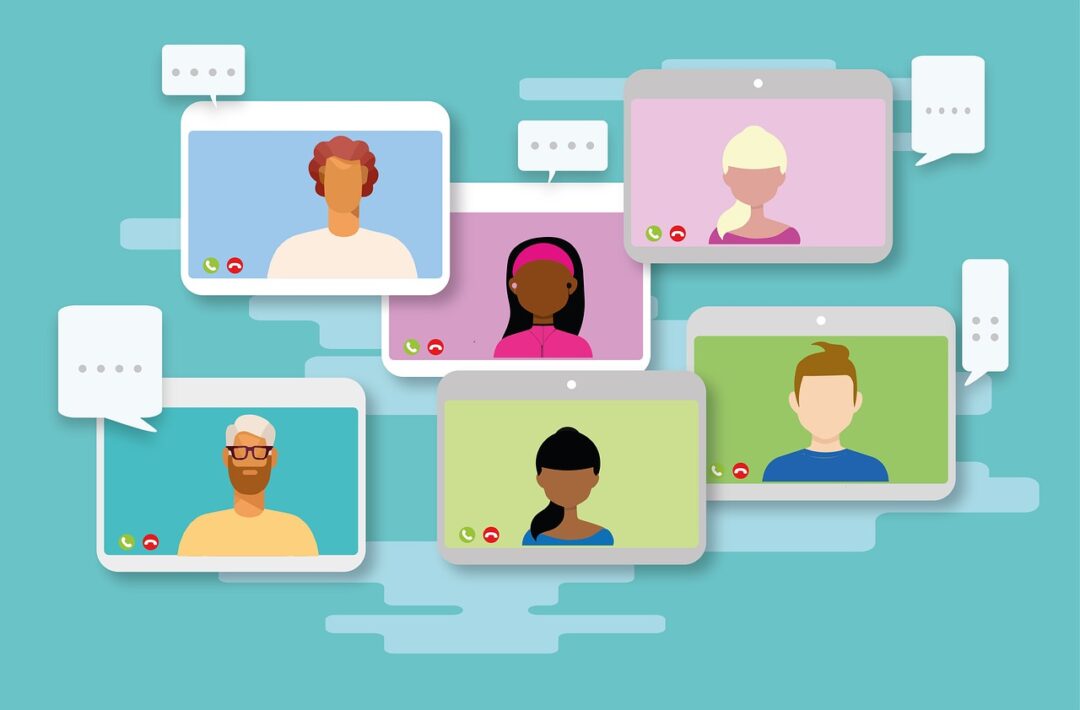Writing and reading e-mails might look like a rather simple and straightforward thing to do. Take to the next level the way you manage your e-mails by making the most of all the functionalities of Microsoft Outlook.
Besides mastering technology, it is also important to follow certain conventions to communicate both effectively and appropriately. The TEDx talk below by Victoria Turk discusses which greeting should you use? How can you make sure you’re not misunderstood? Do you know the golden rule of CC? From subject line to sign-off, Victoria Turk guides through some of the oft-neglected fundamentals of email etiquette. Take 15 minutes to listen to the points raised. Think about how you currently write your emails and what you will change following listening to these tips.
These are also some useful e-mail etiquette tips by Joe Schall (Pennsylvania State University):
- “First, Decide if E-Mail is the Best Form of Correspondence
- Use a Short, Definitive Subject Line
- Follow the Conventions for Effective Paragraph Writing
- Write from the Top Down and Focus Your Content on a Single Subject
- If Necessary, use a Narrative Greeting to Specify Your Identity and Affiliation
- When Replying to Messages, Retain Only What is Needed to Give Context to Your Response
- Learn how to Handle Attachments and Text Files
- Be Sensitive to Who Might Read Your Message and How They Might Read It
- Cite Sources Accurately and Quote Individuals Faithfully
- Fit Your Tone to the Circumstances, Always Favoring the Courteous
- Assess the Rank and Stature of your E-mail Receiver, and Compose Accordingly
- Avoid Flaming
- Carefully Discern the Tone of Messages Sent by Others
- Learn Key Acronyms Commonly Used in E-Mail Messages
- Proofread and Spell Check Your Work Carefully
- Beware of Silly or Offensive Signature Lines and Enigmatic Aliases”
Tasks
- Head over to LinkedIn Learning and complete “Write effective emails” course (1 hour). You will be able to gain a certificate for this course.
- As a student at the university, you get free access to Microsoft Outlook. Outlook is used globally across many sectors. We recommend that you start using Outlook during your studies, so that you can learn how to use the tool effectively. Go the Outlook on the web Essential Training on LinkedIn Learning and check out the following lessons:
- Get started with Outlook on the Web
- Compose and Send Messages
- Receive and Manage Messages
- Create an automatic email signature including your full name, course and other information you might want to share with the people you communicate with (e.g. link to your personal website).
- Check to see if your email address is “professionally” named. Ideally, your email should be yourname@emailprovider.com. If your email is not this, then please consider what impression your email address will give to potential employers.
* Please note that some of the resources required to complete these tasks might be only available to enrolled students of the Coventry University Group. If you are still in the process of getting enrolled, you may add a note to the Action Plan document available from induction so that so don’t forget completing these tasks later on.
Photo by Onlineprinters on Unsplash


